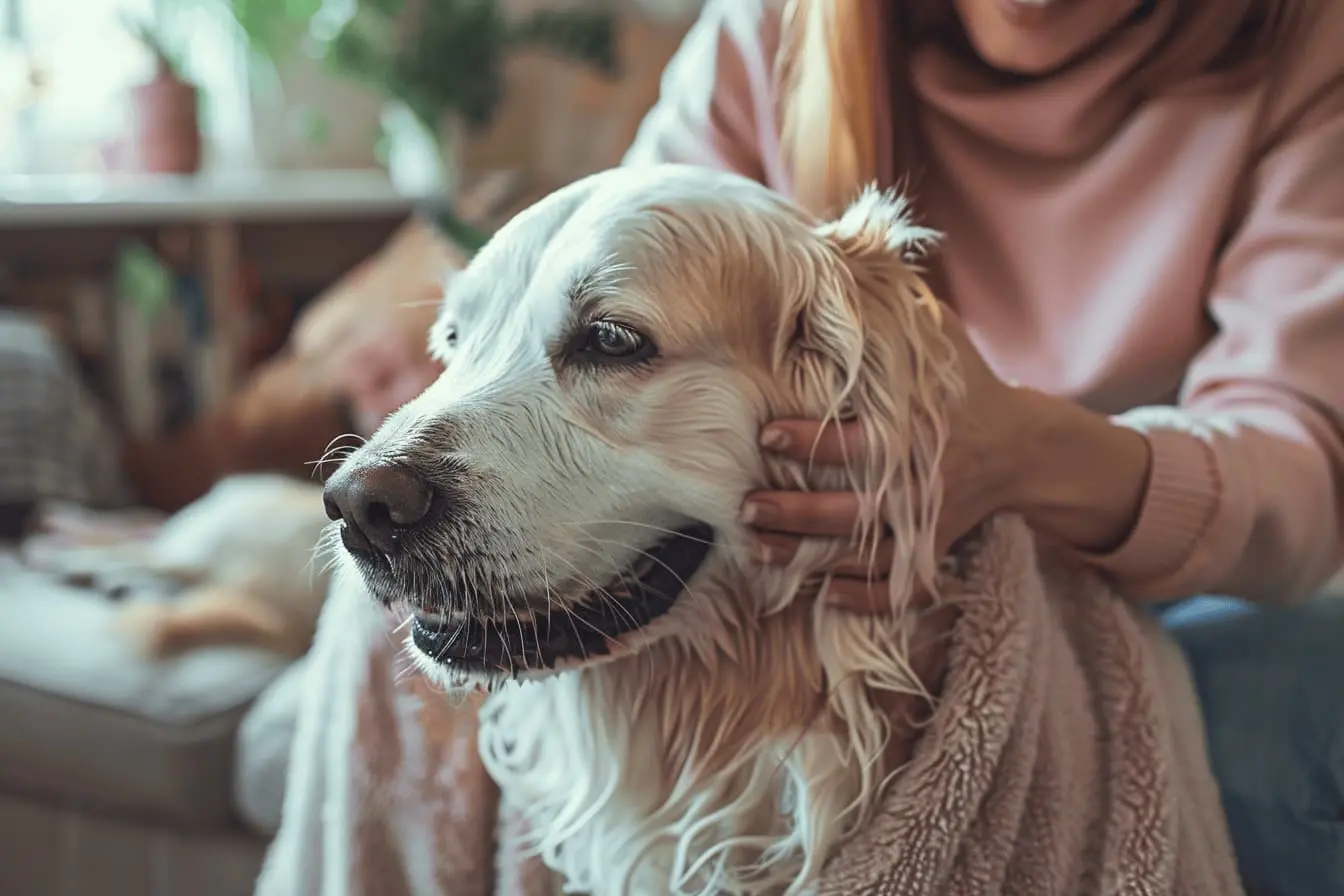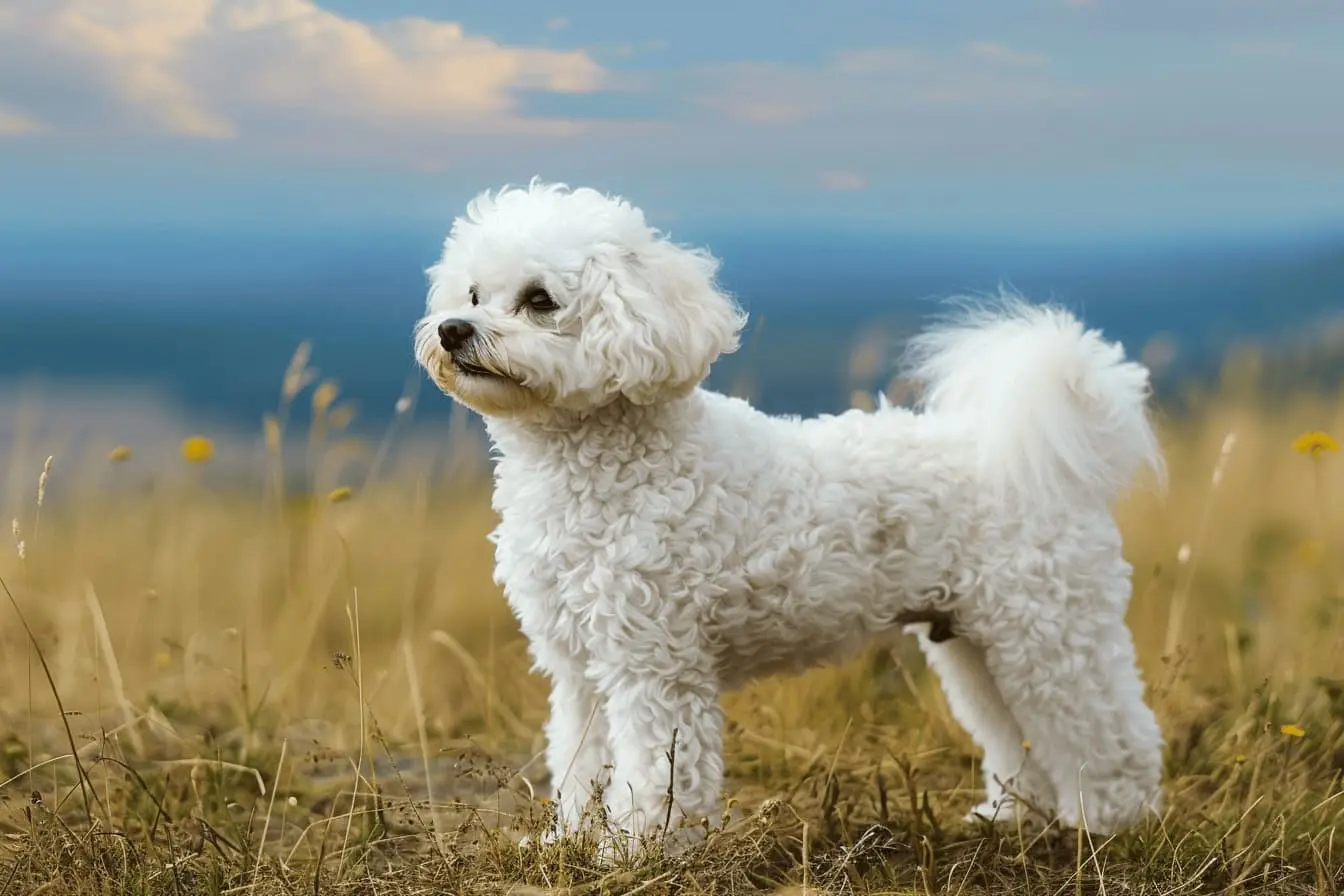
The Essential Guide to Home Grooming for New Dog Owners
Grooming your dog is not just about keeping them looking their best; it's also an essential part of their overall health and well-being. For new dog owners, mastering the art of home grooming can seem daunting at first, but with the right knowledge and tools, it can become a rewarding experience for both you and your furry friend. Here's everything you need to know about grooming your dog at home.
Understanding Your Dog's Grooming Needs
Each dog breed has different grooming requirements based on their coat type, length, and texture. Generally, dogs can be classified into four main coat types: short, medium, long, and curly or wiry. Research your dog's breed to understand their specific needs or consult with a professional groomer or veterinarian.
Essential Grooming Tools
Invest in high-quality grooming tools tailored to your dog's coat type. Essential tools include:
- Brushes and Combs: Slicker brushes for removing tangles, bristle brushes for short-haired breeds, and metal combs for finer fur.
- Nail Clippers or Grinders: To keep nails at a comfortable length and avoid overgrowth that can lead to discomfort or health issues.
- Dog Shampoo and Conditioner: Choose products suitable for your dog's skin and coat type, avoiding human products which can disrupt their skin's pH balance.
- Ear Cleaner: Specially formulated for dogs to prevent infections.
- Toothbrush and Toothpaste: Canine-specific to maintain dental health.
The Grooming Process
1. Brushing: Regular brushing removes dead hair, dirt, and dander, and prevents matting. For long-haired breeds, daily brushing might be necessary, while short-haired breeds may only need weekly attention.
2. Bathing: Bathe your dog every 4-6 weeks or as needed. Ensure the water is lukewarm, and thoroughly rinse out all shampoo and conditioner to prevent irritation.
3. Nail Trimming: Trim nails regularly to avoid overgrowth. If you can hear the nails clicking on the floor, they're too long. Be cautious of the quick, a blood vessel inside the nail, especially if your dog has dark nails.
4. Ear Cleaning: Check and clean your dog's ears weekly, especially in breeds prone to ear infections. Use a vet-recommended ear cleaner and gently wipe the outer ear.
5. Dental Care: Brush your dog's teeth several times a week with a dog-specific toothpaste to promote healthy gums and prevent bad breath.
Tips for a Successful Home Grooming Session
- Start Early: Introduce your dog to grooming from a young age to help them get comfortable with the process.
- Use Positive Reinforcement: Offer treats and praise to create a positive grooming experience.
- Be Patient: Your dog might not take to grooming immediately, so be patient and gentle.
- Know Your Limits: If a grooming task feels overwhelming, consider seeking professional help for that particular need.
Recognising When to Seek Professional Help
While many grooming tasks can be handled at home, certain situations, like severe matting, dental issues, or if your dog becomes aggressive, require professional attention. Professional groomers have the tools and expertise to handle these situations safely.
Grooming your dog at home is a wonderful way to bond with your pet and ensure they're healthy and happy. With patience, practice, and the right tools, you can master the art of dog grooming, making it a pleasurable routine for both you and your dog. Remember, grooming is not just about maintaining your dog's physical appearance; it's also an essential part of their overall health care.
Vets near you
Speciality vets
- Aquatics vet specialists
- Birds vet specialists
- Camelids vet specialists
- Cats vet specialists
- Cattle vet specialists
- Deer vet specialists
- Dogs vet specialists
- Equines vet specialists
- Exotic vet specialists
- Goats vet specialists
- Pigs vet specialists
- Poultry vet specialists
- Sheep vet specialists
- Small Mammals vet specialists
- Wild vet specialists



